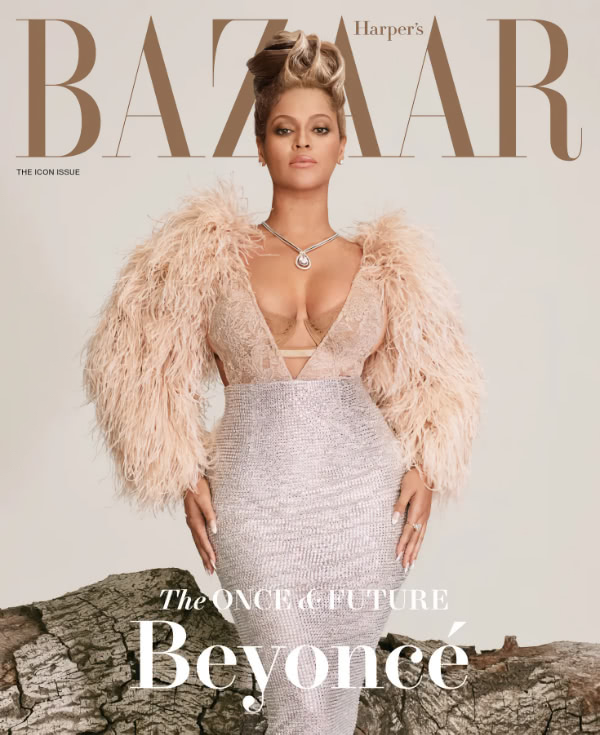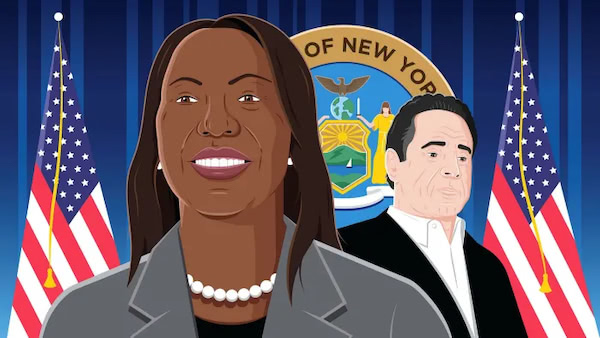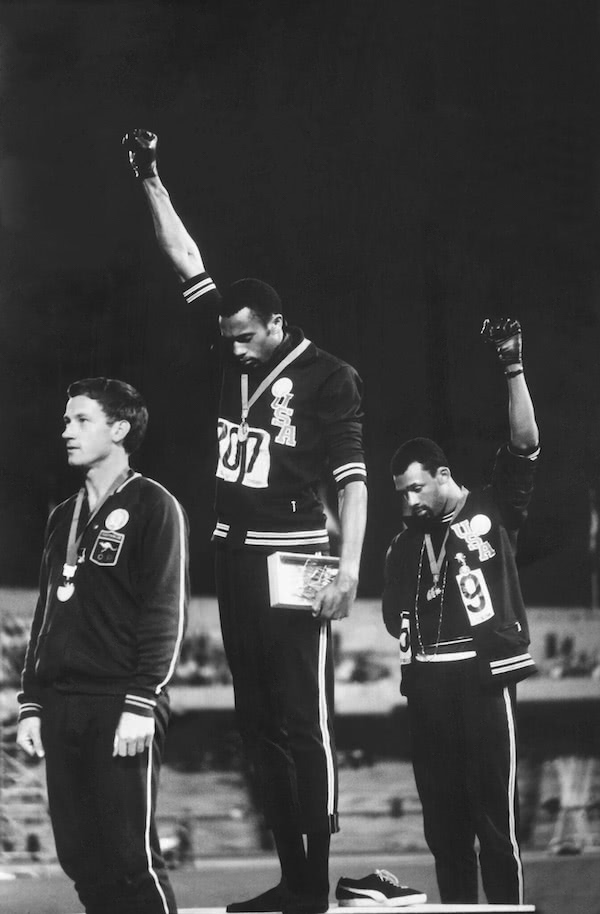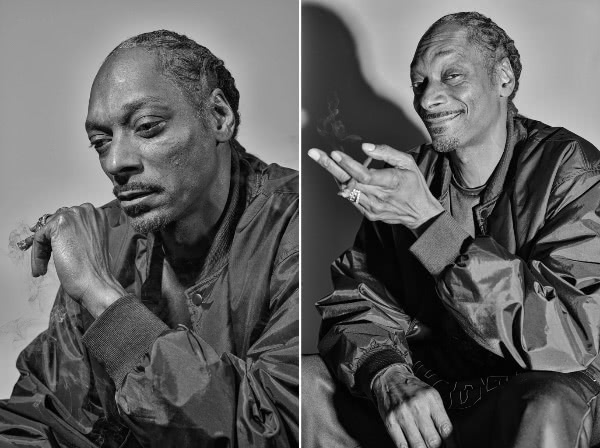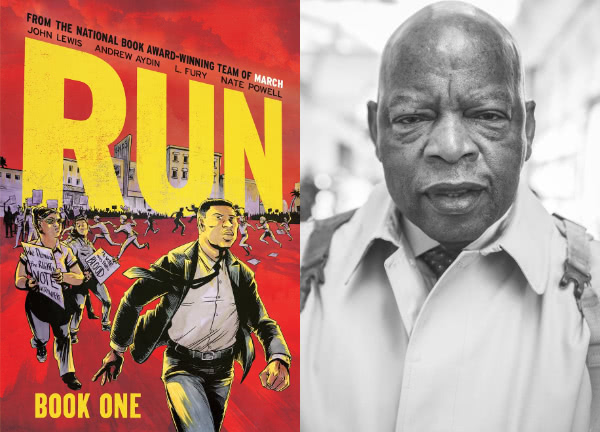The Once & Future Beyoncé
In this wide ranging interview, Bey talks about going against convention, setting boundaries, the importance of community, and more. First, turning 40 in September, she shares lessons learned from each decade of her life:
My teenage years were about the grind. I grew up hearing this particular scripture from James 2:17, “Faith without work is dead.” Vision and intention weren’t enough; I had to put in the work. I committed to always being a student and always being open to growth. No one in my school knew that I could sing because I barely spoke. My energy went into Destiny’s Child and the dream of us getting a record deal and becoming musicians. If something wasn’t helping me reach my goal, I decided to invest no time in it. I didn’t feel like I had time to “kiki” or hang out. I sacrificed a lot of things and ran from any possible distraction. I felt as a young Black woman that I couldn’t mess up. I felt the pressure from the outside and their eyes watching for me to trip or fail. I couldn’t let my family down after all the sacrifices they made for me and the girls. That meant I was the most careful, professional teenager and I grew up fast. I wanted to break all of the stereotypes of the Black superstar, whether falling victim to drugs or alcohol or the absurd misconception that Black women were angry. I knew I was given this amazing opportunity and felt like I had one shot. I refused to mess it up, but I had to give up a lot.
Letitia James, the New York attorney-general fighting for the state’s underdogs
New York Governor Andrew Cuomo announced his resignation this week after James’s months-long investigation found he sexually harassed several women. Joshua Chaffin profiles James for the Financial Times:
Three years ago, when she was campaigning to become New York’s attorney-general — a post never previously held by a woman of colour — Letitia “Tish” James took umbrage at suggestions she was under the sway of the state’s powerful governor, Andrew Cuomo. It seemed a reasonable suspicion: Cuomo, after all, had endorsed James and opened his fundraising network to her.
James responded forcefully. “I’m unbought and unbossed,” she said, borrowing a line from Shirley Chisholm, the first black woman elected to the US Congress and a personal hero. If anyone doubted her independence, the attorney-general has now proven it in devastating fashion.
As R. Kelly’s Trial Begins, Here’s a Timeline of the Allegations
Laura Zornosa and Jacey Fortin, writing for The New York Times:
The R&B singer has faced a trail of accusations since 1996. On Monday, he goes on trial in Brooklyn.
The Timeless Appeal of Tommie Smith, Who Knew a Podium Could Be a Site of Protest
Adam Bradley for the Times:
In 1968, he and John Carlos raised their fists during an Olympic medal ceremony. Their demonstration still inspires athletes, artists and marginalized people everywhere.
After stepping down from the podium:
Smith and Carlos would both see their careers as athletes overshadowed by the moment. The years, decades really, after their defiant act brought struggle and sometimes suffering: hate mail and death threats, broken marriages and psychic pain. Two days after the medal ceremony, longtime Los Angeles Times sports columnist John Hall wrote that “Tommie Smith and John Carlos do a disservice to their race — the human race.”
And now:
The last decade, a time of expanding awareness of racist violence and trauma in the United States, has prompted a dramatic reassessment of Smith. Once pilloried, he’s now lionized. People build statues of him. In 2019, the United States Olympic Committee, the same body that had suspended him from the Olympic team in 1968, inducted him into its Hall of Fame. The Smithsonian collected the clothes he wore on the medal stand: his singlet and his shorts, his track suit and his suede Puma cleats. And, in this new era of protest, a generation of athletes, many of whom claim Smith as a direct inspiration, are channeling the outsized attention that the public directs to sports toward urgent social and political concerns — police brutality, mental health, voting rights and more.
The villain (to the establishment anyway) is now a hero. I’m just glad he lived to see the day.
Back to that iconic protest in 1968. There’s a lot going on in that photo. Vox breaks it down:
The Tao of Snoop Dogg
David Gelles interviews Snoop for the Times. Here’s the setting:
Zooming from his compound in Los Angeles, he smoked an enormous blunt while discussing how he went from a shy musician to a multiplatform entrepreneur with several new ventures in the burgeoning cannabis industry.
Now with that out of the way…
GELLES: Back when you started making music, did you ever imagine how big the legal cannabis market would get?
SNOOP: No. Not as many times as I went to jail for it. And it’s still on my criminal record. I don’t understand how it could go from being the most hated, the most vicious thing that you could do, to now everybody’s capitalizing off of it, and they’re leaning toward a demographic that can prosper off of it, as opposed to the demographic that created the business.
SNOOP: We should be able to have some of our people — that look like me — as executives, as C.E.O.s, as platform owners. You know, the top of the chain, not just the spokesperson or the brand ambassador. We need to be the brand owners.
John Lewis’s Sequel to His Award-Winning Graphic Memoir, ‘March’
Michael Cavna reviews Run for The Washington Post:
“Run: Book One” […] chronicles Lewis’s journey shortly after his pivotal “Bloody Sunday” march in Selma, Ala. — and immediately after the triumphant signing of the 1965 Voting Rights Act that concluded Lewis’s previous graphic-novel project: his best-selling “March” trilogy. The illustrated sequel spotlights how Black activists evolved into political leaders against the national backdrop of racist violence, voter suppression and the Vietnam War — dramatic scenes and themes that feel timelessly relevant.
In Gem-like Hues, Arcmanoro Niles Renders the Mundane Electric
Folasade Ologundudu for Hyperallergic:
Niles has created a style all his own. His works portray almost exclusively men, women, and children of color, rendering their skin in glimmering, contrasting tones of gold and brown. With elegant brush strokes, Niles articulates flesh subtly, painting layer by thin layer. Skin tones take on a gem-like quality while clear varnish saturates canvases with a glossy finish. Quiet moments of reflection are rendered with glitter and bright, flashy colors, lending a striking, fantastical quality to each figure. Niles prompts the viewer to reflect on significant questions of love, loss and failure, and the innately human emotions we all experience.
Niles’s latest pieces are on display at Lehmann Maupin through August 28. More of his work here.
Thanks for reading. See you next week.

